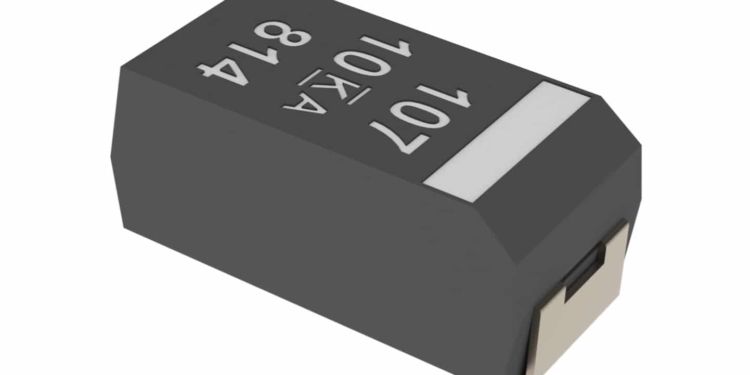Source: Kemet news
Extended life, single digit ESR, CV and volumetric efficiency performance enable T598 devices to provide component solutions for ADAS, autonomous driving and digitalization.
FORT LAUDERDALE, Fla., June 6, 2019 — KEMET Corporation (“KEMET” or the “Company”) (NYSE: KEM), a leading global supplier of electronic components, today expanded the temperature capability of T598 devices, a first-to-market Tantalum Polymer Surface Mount Capacitor.
These devices uniquely address the stringent requirements and new challenges presented by megatrend applications in automotive Advanced Driver Assistance Systems (ADAS), autonomous driving and in digitalization uses such as supercomputing, mobility services, connectivity and infotainment. T598 automotive grade polymer electrolytic devices combine multiple high-performance characteristics including high capacitance / voltage (CV) ratings, single digit equivalent series resistance (ESR), class-leading ripple performance, and ultra-extended life to truly enable the development and deployment of exciting and revolutionary technologies.
AEC-200 qualified T598 devices have excellent volumetric efficiency, which in tandem with high capacitance values now up to 470μF, voltage offerings of 2.5VDC – 50VDC and new single digit ESR, means single components can be used where current solutions dictate that multiple devices must be used. Therefore, KEMET’s new devices can help designers achieve both vital board real estate and cost savings.
Robust and stable performance to 2000 hours at temperatures to 125°C – equating to an ultra-extended mission profile of around 15 years – aligns with the requirements for vehicle applications ranging from ADAS features such as blind spot detection, adaptive cruise control and emergency brake assist, to safety systems including airbag occupant detection and alarm systems and electronic stability control.
The increase in electronic content on vehicles to enable ADAS, comfort and convenience and connectivity as well as the transition to hybrid and fully electrified powertrains, and ultimately fully autonomous driving, creates new opportunities for companies like KEMET to develop component technologies that can satisfy performance and life requirements not previously seen in the sector. The T598 series provides the latest example of this being achieved.
Commenting on the temperature capability extension of the Company’s automotive grade polymer electrolytic devices, Dr. Philip Lessner, KEMET Senior Vice President and Chief Technology Officer, said, “The developments and megatrends we are witnessing in the automotive sector and in areas such as 5G base stations and cloud computing server farms are dramatic, exciting and more significant than anything seen in decades. In order for these megatrends to maintain their momentum and deliver the end products being developed, component technologies that achieve new performance levels across multiple criteria are essential. The T598 family is a perfect example of this and will allow electronic design engineers to evolve their concepts to reality.”
For more information on KEMET’s T598 Tantalum Polymer Capacitors, please visit http://go.kemet.com/T598-2000hrs.


































